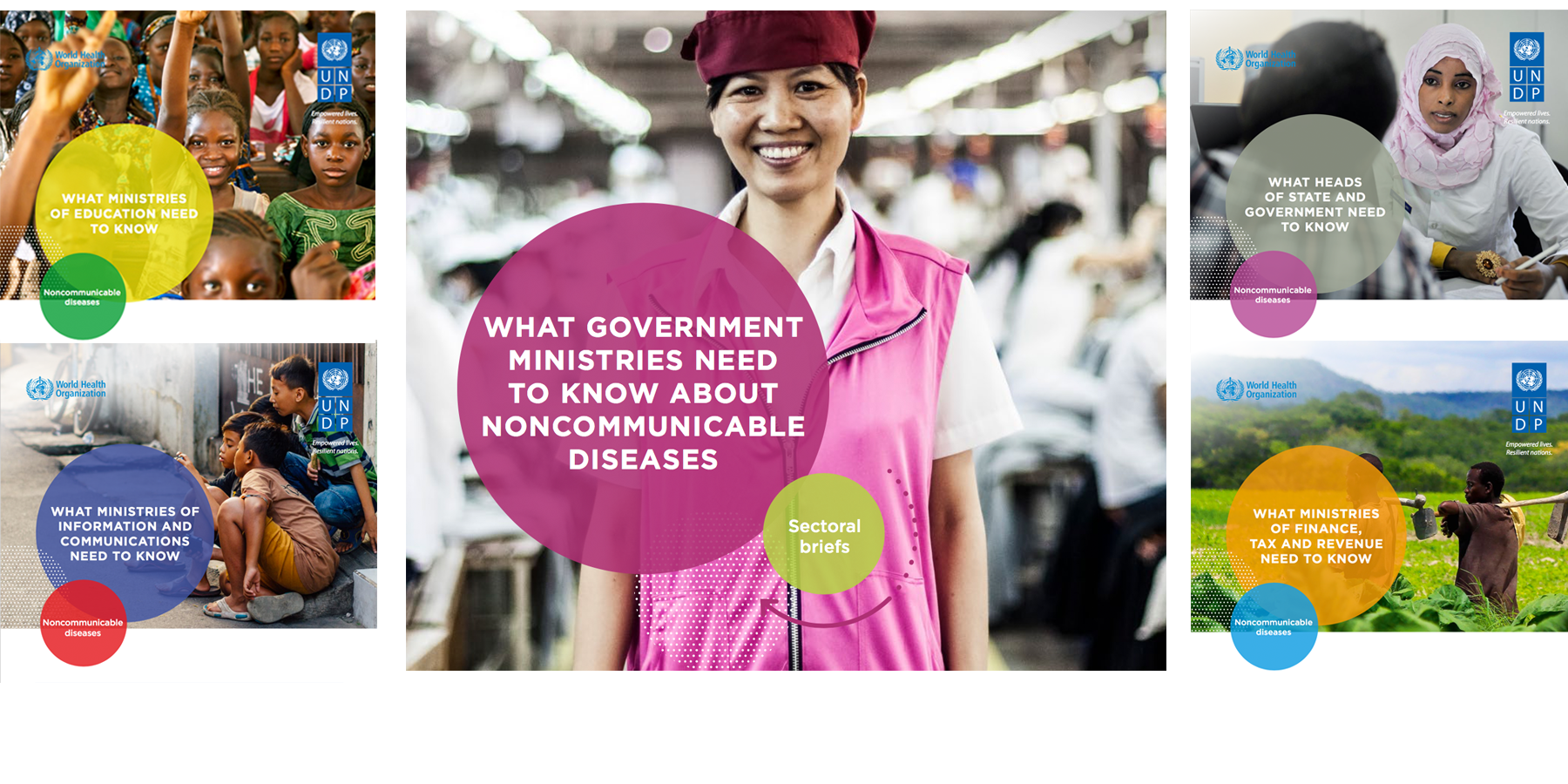What's in it for me? Helping non-health sectors understand how NCDs impact them
20th November 2016

20th November 2016
And yet ‘whole-of-government’ responses to NCDs remain largely theoretical, even as 40 million people died from NCDs last year, nearly half of them before their 70th birthday.
Why, despite a steady stream of mandates, commitments and sound technical guidance – amidst worsening NCD burdens – are we not seeing joined-up government responses to NCDs in more countries?
Yes, development assistance for NCDs continues to be alarmingly out of touch with the scale of the NCD problem. But another core challenge is stubbornly low demand amongst “non-health” sectors to engage in NCD responses. Limited understanding of NCDs and why they matter for development, incentive conflicts between government departments (real or perceived), industry interference in policymaking, and the absence of strong coordination structures for health – these suppress buy-in and ownership. They hold governments back from Activating National Responses to NCDs.
But perhaps there’s been an additional impediment – perhaps the global push for multisectoral action on NCDs has, at times, over-relied on telling other sectors how their core business matters for NCDs, and why they should intervene for the betterment of health. Often missing has been a powerful advocacy case outlining the direct benefits of addressing NCDs for these other sectors.
With this in mind, UNDP and WHO have produced a set of briefs – “What Government Ministries Need to Know about NCDs” – to provide policy and decision makers across government with information on how NCDs impact their sector, and the proactive steps they can take to respond to the challenges while advancing their own objectives and accountabilities.
The briefs also provide the sectors above with guidance on which policy approaches can best advance health, health equity and their core interests together. Although each brief includes specific tips to get started, nearly all recommendations involve talking to other sectors more to explore win-wins, forging alliances with key stakeholders, and making every effort to stop industry interference in policymaking (whose dirty tricks continue to know no bounds).
The briefs were made especially possible by recognition of NCDs as a development issue in Agenda 2030, which can serve as an overarching framework for identifying and implementing win-wins for NCDs and other sectors' priorities. The attention given to tobacco taxation as a revenue stream in the internationally agreed agenda for financing development further boosts calls to align NCD responses with broader development progress.
Critically, the briefs are responsive to demand for technical guidance expressed directly from ministries during country missions of the UN Inter Agency Task Force on NCDs. During these missions, ministers of health have consistently requested support in making a compelling case to other sectors for why they should join government efforts to tackle NCDs. High and growing demand for national NCD investment cases – cases for the economic sectors of government which juxtapose the relatively low costs of scaled-up action against the far greater costs of inaction – exemplifies the shifting approach towards talking more to other sectors in their own language.
The hope is for the briefs to be used by government ministries, including permanent secretaries, minsters and their technical support officers. But they will also be useful for UN agencies/country teams, resident coordinators, civil society and any stakeholder interested in:
Another useful resource in this regard is the set of WHO-UNDP briefs on how different aspects of health promotion can advance the SDGs.
In the 1990s a series of multisectoral advocacy and technical briefs began to change government responses to another complex health and development challenge – HIV/AIDS. Can these new ones do the same for NCDs?
Roy Small (@TheRealMcRoy) is a health and innovative financing consultant at UNDP (@UNDP). He supports UNDP’s efforts to strengthen national capacity, leadership, governance, multisectoral action and partnerships to respond to NCDs and tobacco. For UNDP he also supports financing across sectors for interventions that deliver health and development win-wins. Roy’s background is in law and global public health.